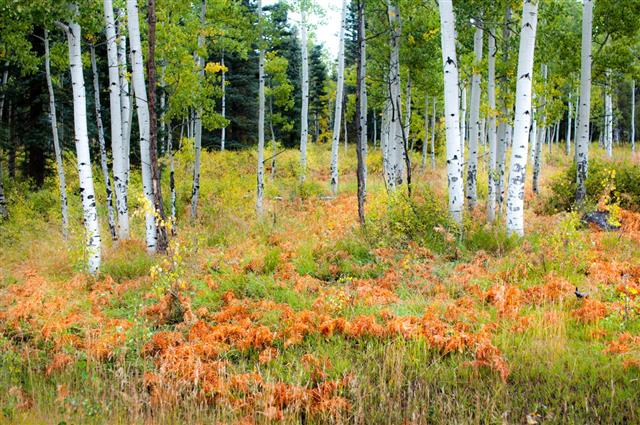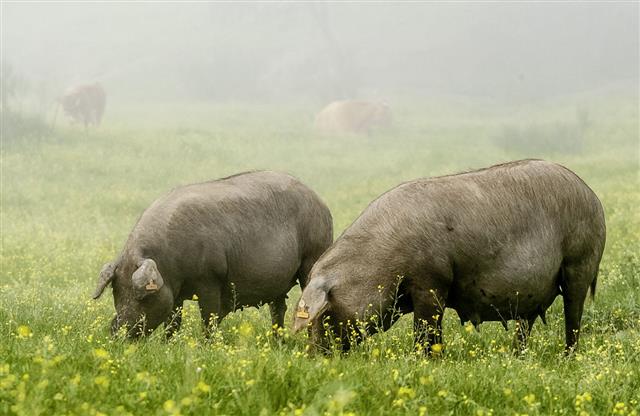Biomass energy is a degradable energy used as a fuel for various purposes. This source of energy has a number of uses and applications in our day-to-day life...

Tap to Read ➤
Examples of Biomass Energy
Marlene Alphonse

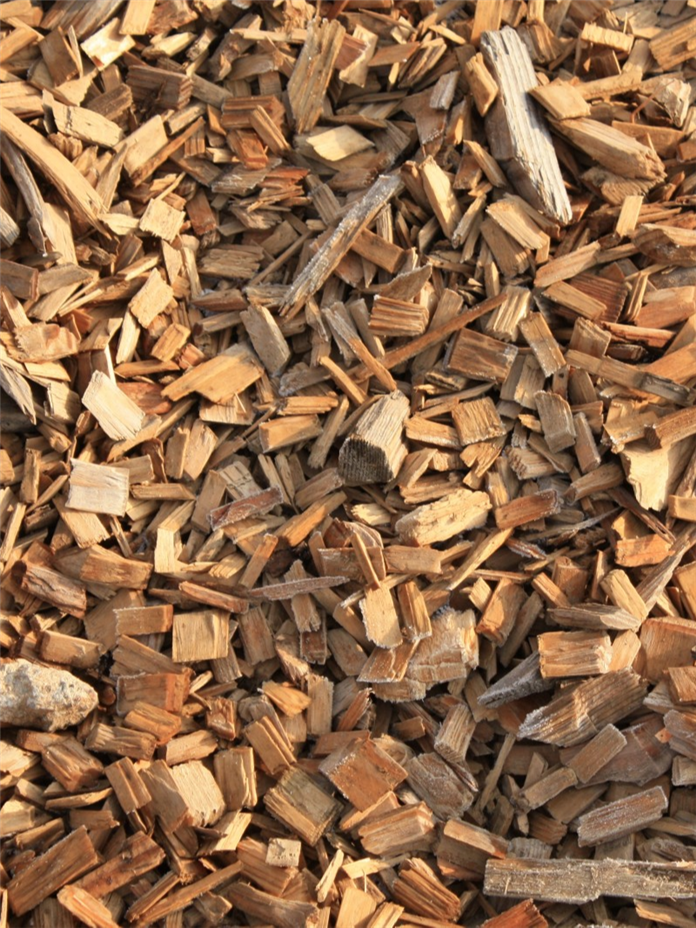
Biomass energy is a degradable energy used as a fuel for various purposes. This source of energy has a number of uses and applications in our day-to-day life...
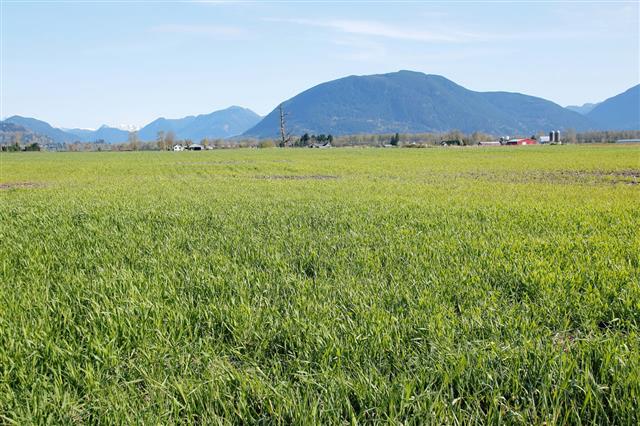
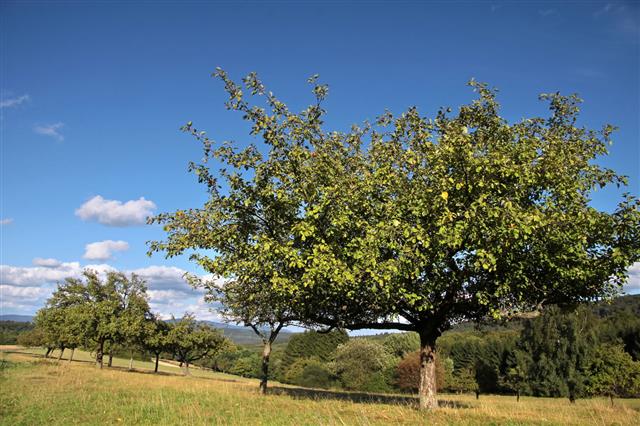


Energy is essential for a number of activities like generating heat, cooking, as a fuel for automobiles etc. Renewable and non renewable are the two forms of energy that are used by the human population.

Renewable sources of energy are so named because they can be replenished and used again and again. On the other hand, non renewable energy sources are those which cannot be replenished and once they have been used, they become exhausted.

Biomass is a type of renewable source of energy that is used as a fuel and obtained from natural matter. The biomass energy resources are obtained from different materials like waste produced by living beings, burning of gases, fuels and wood etc.

What is Biomass Energy?

Biomass energy is a kind of fuel that is created by converting biological material like plants and trees. This organic material can also be obtained from animals and microorganisms. Plants manufacture food with the help of sunlight in a process called photosynthesis, which converts sunlight into chemical energy. The energy is then transferred to the animals and humans as they consume plants.

Biomass, which is mainly composed of plant material, is capable of giving out large amounts of energy, like chemical energy, electricity and heat. In case, plants are not consumed by animals, they are broken down or metabolized by microorganisms to release carbon dioxide and methane back to the atmosphere.

This is a continuous process, which contributes to the carbon cycle. Biomass energy is cost-effective and can also helpful in solving energy crisis, if used in a judicious manner.

Biomass Energy: Examples

As mentioned earlier, biomass is a renewable form of energy because it is obtained from sources that can be used all over again. This is because the main sources of biomass - plants and trees - are abundant in nature and can be grown, and the waste (in the form of dried leaves, dead branches etc.) will be available perennially. Apart from the flora, there are also other examples of biomass, which are listed as under.

Agricultural Waste
A number of agricultural wastes are used for the production of biomass energy. Conventional agricultural activities produce byproducts or agricultural wastes that are used for the generation of energy.

Dry wastes like straw, are burned for the production of energy. Wet wastes like bagasse from sugar cane, slurry or green matter, animal slurry and poultry litter are combusted and used as fuel for generating heat and electricity. 'Black liquor' is also a byproduct of agricultural waste. This product is obtained after the processing of wood pulp.

Biogas (or Landfill Gas)
When in school, we must have studied about biogas, which is a popular source of energy. This gas is manufactured by the breakdown of organic matter like human waste, plant material, sewage manure etc.

This biofuel is mainly incorporated of carbon dioxide and methane, released by the fermentation of these biodegradable materials, with the help of anaerobic microorganisms. In huge pits, this organic matter is buried and left for decomposition. The gas released during this process is captured and stored in cylinders. This fuel is then used for various purposes.

Energy Crops
There are also a number of energy crops, grown commercially keeping the energy demands in mind. These agricultural crops are cultivated on a large-scale and are processed to produce fuel. Grasses like Miscanthus and Switch-grass are popular energy crops since they give out a high yield.

Alcohol fuels, like butanol, ethanol, methanol and propanol, are also synthesized biologically using wheat and oil seed rape. Biodiesel is also produced from vegetable oil. These fuels produced from natural raw products effectively reduce pollution and also cheaper in comparison to other automobile fuels like petrol and diesel.

Wood
Wood is burned as fuel in many places, across the globe. Wood is considered to be the simplest form of biomass. The energy released by the burning of wood is used as fuel for cooking, to generate heat and energy etc. Wood is also used for the production of electricity on a large-scale.

Combustion of wood, like in the case of coal engines and steam engines, is used as a fuel. This can release large amounts of carbon dioxide in the air, resulting in pollution, since more trees are being felled to suffice the needs of mankind. To strike a balance, more trees should be planted, so that they absorb the excess of carbon dioxide from the atmosphere.

Biomass can be replenished with the help of various environmental activities. One must also be aware of the pros and cons of biomass energy in order to take appropriate decisions regarding the usage of biomass.
